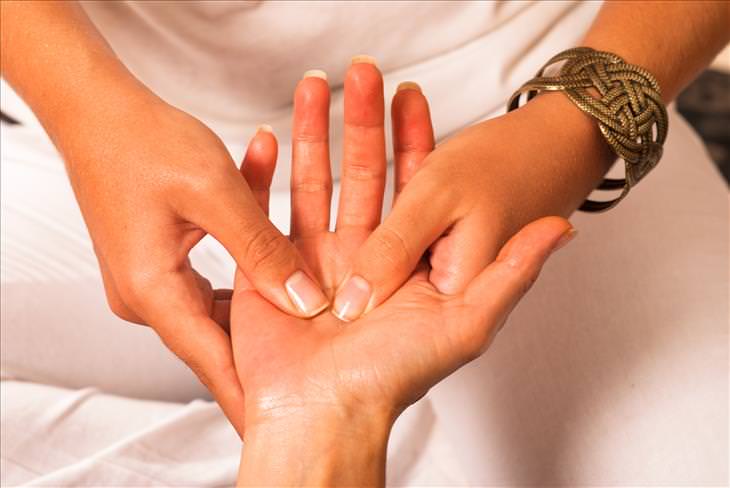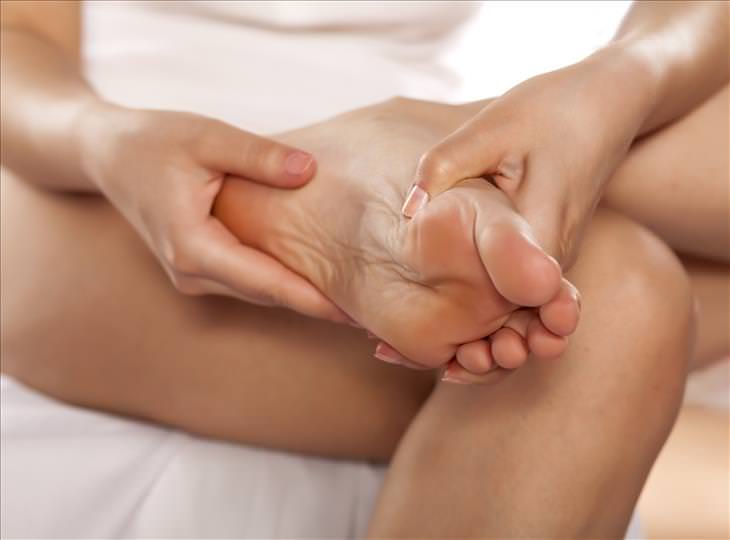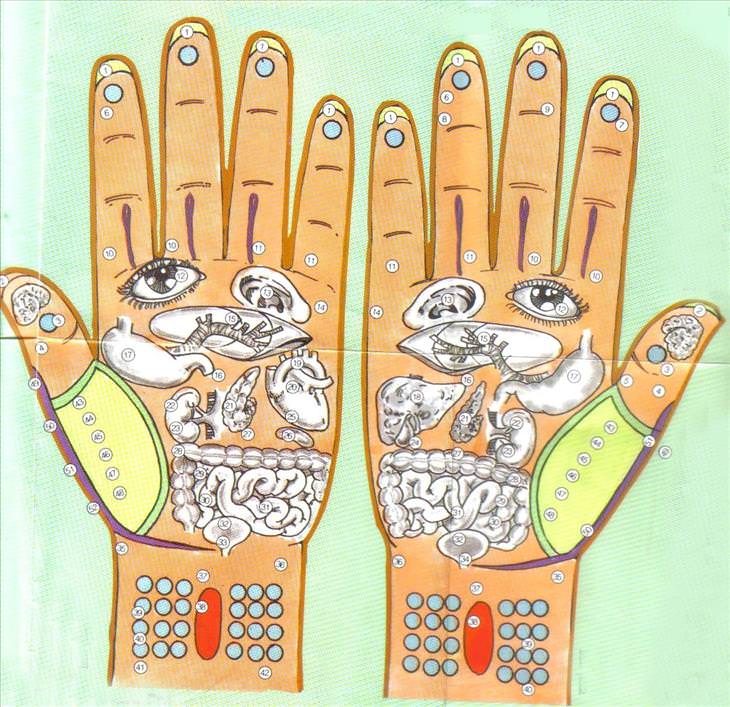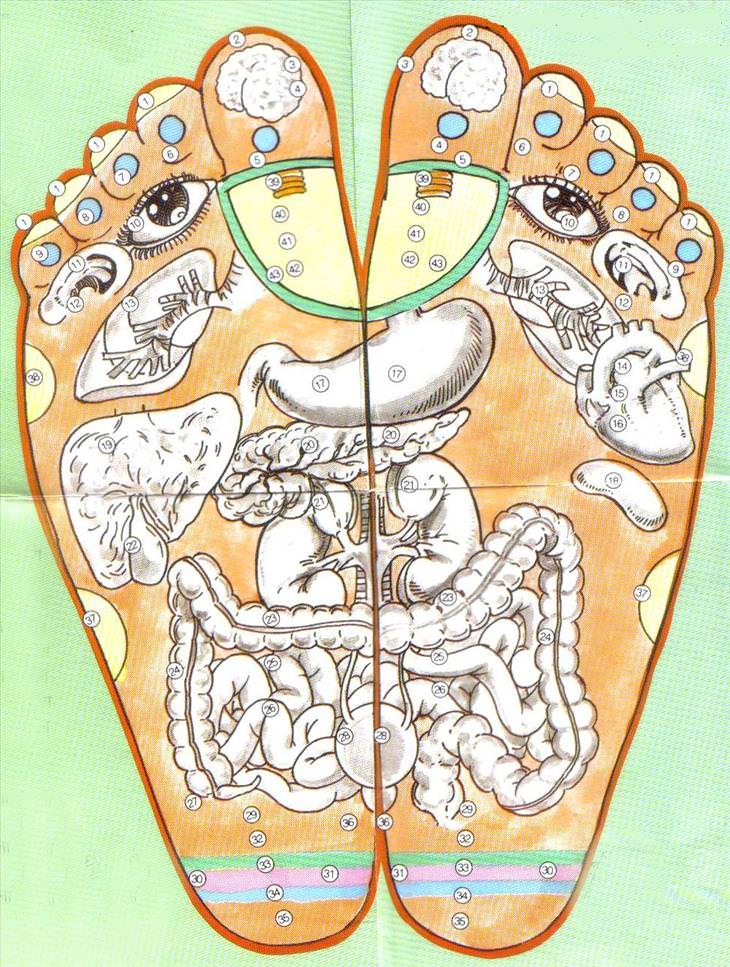
Click on one of the links below to get started:
1. What Is Acupressure?
2. How Acupressure Works
3. How to Use Pressure Points
4. Reading Pressure Point Charts
5. Pressure Point Chart: Hands
6. Pressure Point Chart: Feet
7. Tips For Beginners
Acupressure is an ancient form of healing that makes use of the fingers to gently stimulate key points which are linked to your body's natural self-curative abilities. It dates back over 5,000 years and originated in Asia.
Acupressure has been found to effectively relieve stress-related issues, and is perfect for preventive health care and self-treatment, as it can naturally boost your immune system. Acupressure can reduce pain, release tension, improve circulation, and even promote overall good health and spirituality.
Acupressure points are sensitive areas on the skin that have a high level of electrical conductivity, thus allowing them to channel healing energy in a very effective manner. The Chinese refer to this energy as Chi or Qi, while the Japanese call it Ki. Yogic practices, on the other hand, refer to this energy as prana.
No matter what you call it, the universal healing energy remains identical everywhere you go and is something that links us to the rest of the universe. This energy can still be channeled anywhere without using the appropriate pressure point but it's the feat that is very challenging to properly control, which is why acupressure points are so convenient.
Acupressure might sound like a complex affair, but applying it couldn't be easier! Simply follow these tips to ensure that every acupressure session goes as smoothly as can be:
• When applying pressure to the hands or feet, make sure it is light and steady, and hold it for between 1 and 3 minutes.
• Increase pressure if you are not feeling anything and decrease pressure if it starts to feel sore.
• Sit in a comfortable position and close your eyes while applying pressure.
• Afterward, try and breathe deeply for 5 to 10 minutes to maximize the effects.
In order to make use of a pressure point's healing potential, you'll first need to locate it. That's why we've given you access to two incredibly detailed pressure point charts, one for the hands and the other for the feet. Simply go through the list of issues that can be found beneath each image, and apply pressure to the pressure points that correspond to any physical or mental health issues that you would like to heal.
Click on the image below to enlarge it!
 xxx
xxx





• Avoid applying pressure to tumors, wounds or cuts.
• Never apply pressure to a single point for longer than 3 minutes.
• Always apply pressure gently.
• Never substitute acupressure for medical intervention, but use them to complement each other.
• Always breathe deeply, smoothly, and slowly when applying pressure and even during the breathing exercises that follow.
• Never apply pressure to the throat.
Make sure you share this guide with anyone you know!
Acupressure Guides: Learn All the Important Points and How to Use Them
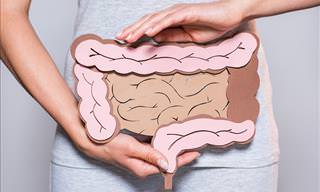
Suffer From Digestive Issues? Try Natural Colon Cleansing
Check out our comprehensive guide to natural colon cleansing. Your insides will thank you for it!

These Medical Terms Are Often Confused With One Another...
There are many medical terms that are similar to each other, and often refer to the same illness or disease. Here are 18 groups of terms not to confuse.

Test Your Knowledge of These Natural Remedies
This quiz will test your knowledge of the most popular and effective natural remedies out there.

These Remedies That Get Rid of Facial Hair Actually Work
Got excess facial hair? Here are 7 natural remedies to remove it.
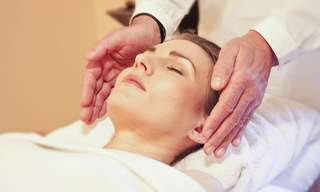
Find Natural Ways to Heal: A Guide to Alternative Treatments
There are so many new alternative therapies sometimes its hard to figure out which one is which. Here’s a guide to easily understanding what they’re all about.
 10:54
10:54
Epidemiologist Explains How to Behave in a Pandemic
Take a certified epidemiologist's advice as to what we can do to NOT catch a disease, be it COVID-19, or another infectious disease
 1:38
1:38
Ear Check: How Old is Your Hearing?
Try this handy and quick hearing test to see if your hearing is impaired, old for your age or younger than you!

Are You at Risk for "Building Sickness"?
Have you heard of "building sickness"? Because you may have had it.
 5:47
5:47
Shocking! This Is What Chocolate Does to Your Arteries...
Can chocolate cause strokes? Find out in this informative video from Dr. Greger.
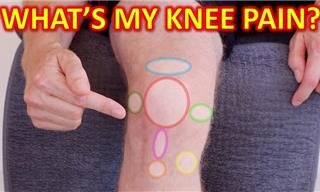 4:40
4:40
How the Location of Knee Pain Can Reveal Its Cause
Depending on where your knees hurt, you can sometimes tell what could be causing the pain.
 6:20
6:20
Is Breakfast REALLY the Most Important Meal?
Breakfast is the most important meal of the day - truth or myth? Watch to find out what happens to your body when you stop eating breakfast for two weeks.
 6:54
6:54
These Potent Foods Will Keep Your Oral Cavity Healthy
Consuming these nutritious foods will help to keep your teeth nice and healthy.
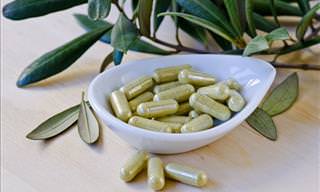
Forget Olive Oil, it's the Leaves Where the Power Lies
Olives and olive oil are on everyone's shopping lists. But what about olive leaves? Here we list 10 health benefits to be had from olive leaf extract.
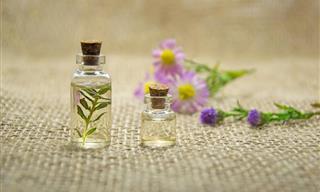
6 Important Warnings About Using Essential Oils
You are invited to find out which factors affect the safety of essential oils and six side effects you should watch out for.
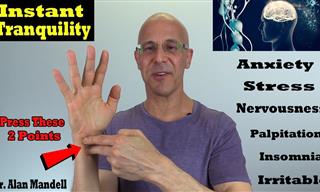 4:42
4:42
De-Stress Your Brain in 30 Seconds With These Simple Tips
A doctor shows a useful and simple technique with the help of which you can achieve instant relaxation. Find out more...

Breakthrough: Lion's Mane Mushrooms Boost Memory & Nerves!
Researchers have recently uncovered the mushroom's potent compounds, particularly hericene A, that could help nerve cells grow and better interact with each other.
 1:11
1:11
Here's a Quick Guide to Instantly Clearing a Blocked Nose
Got a congested nose? Remember these priceless tricks and thank us later!
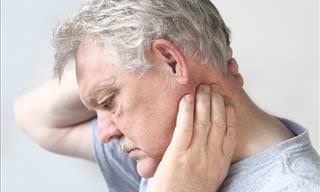 4:52
4:52
Got a Stiff Neck? Give This 90-Second Treatment a Shot!
If you ever wake up and find that you have a stiff neck, this 90-second technique will help relieve it in no time at all.
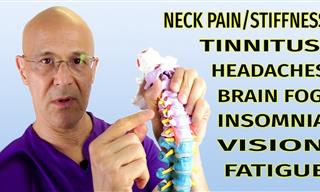 16:04
16:04
Transform Your Health with These Amazing Neck Techniques
These neck drills won't just relieve your neck discomfort, but will also treat a variety of neurological problems.
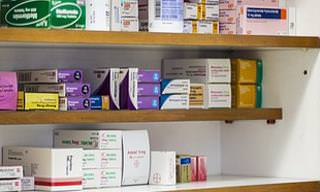
Think Over-the-Counter Medications Are Safe? Think Again!
It's easy to think over the counter drugs are harmless, but you better read this before purchasing! Let's look at the dangers of taking over-the-counter drugs and how they can be avoided.
 4:46
4:46
How to Get Rid of Eye Floaters: Natural Remedies
A doctor explains how to get rid of eye floaters.

10 Recipes for Health Boosting, Natural Smoothies
Learn easy recipes for super-healthy smoothies you can whip out in no time.
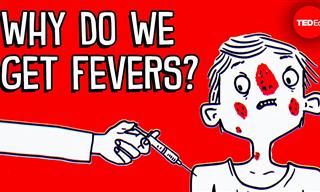 5:38
5:38
Discover What Happens In Your Body When You Have a Fever
Have you ever wondered exactly why does our body produce a fever? Find out more in this video.
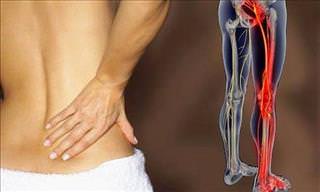
Alleviate Your Sciatica Symptoms Using 6 Simple Exercises
Sciatica can be horrendously painful, but there are numerous exercises you can do in order to alleviate your symptoms. Try the 6 I'm about to show you.
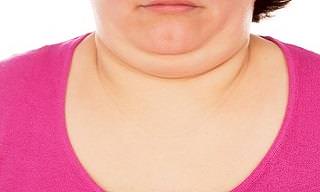
Say Goodbye to Your Double Chin with These 5 Exercises
These 5 exercises will help give your chin a tighter, younger, and healthier look, and eventually to help you get rid of a double chin all together.
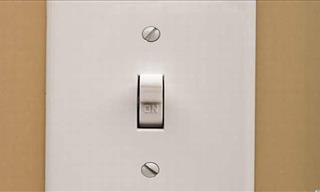
Warning: The Places Bacteria Hides...
The truth about hand washing and the spread of bacteria. This could keep you healthy longer!
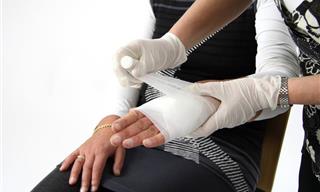
9 Common Mistakes We Make When Giving First Aid
The 9 most common errors made when providing first aid for simple medical cases.
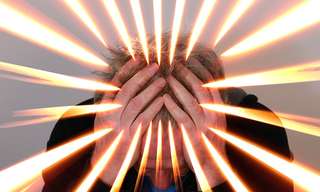
10 Surprising Reasons You’re Feeling Stressed Right Now
We think we know what makes us stressed, but there are a surprising number of minor daily activities stressing you out that you're not aware of...
 11:00
11:00
Melt Away Neck Pain and Tension Headaches With These Tips!
Tension at the base of the neck is a common cause of tension headaches, neck pain, and many other issues. Let these 3 exercises help you in just a few minutes!
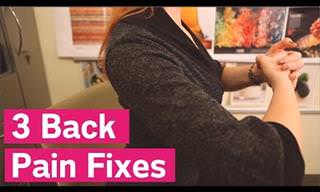 1:55
1:55
3 One Minute Tricks to Fix Your Nightmare Back Pains
Do you have back pain as a result of prolonged sitting? Here are 3 easy techniques you can try anywhere.

Lose Weight by Using This Japanese Breathing Technique
This extraordinary deep-breathing weight-loss technique is known as the Japanese breathing technique to losing weight.

9 Misleading Myths About High Blood Pressure
In this article, we dispel 9 misleading hypertension myths, so that we’re able to understand it more and take better care of ourselves and our loved ones.
 5:04
5:04
Important: The Dangers of Mixing Drugs Explained
What happens when we mix these drugs? Find out in this informative video.
 8:25
8:25
The Perfect Seated Core Workout for Seniors and Beginners
In this video, two physical therapy experts will guide you through a short seated core strengthening workout suitable for seniors and beginners.
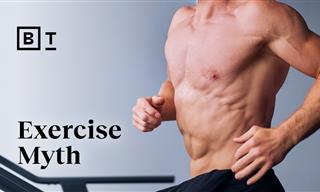 8:13
8:13
Do You Really Need to Walk 10K Steps Every Day?
The 10,000 steps a day myth is ingrained in our minds. In this post, Harvard professor Dan Lieberman explains why it's not as black-and-white as it seems.
 47:36
47:36
Full Documentary: What Does It Mean to Be Morbidly Obese?
Looking into the life of an obese person from both a medical and psychological point of view, this video isn't one to miss!

14 Super Foods that Fight to Prevent Cancer
These super foods, taken daily, have been proven to fight to free your body from the risk of cancer.
 5:11
5:11
1300 Years of Medical Nonsense, All Because of This Man
For 1300 years, doctors assumed the body is regulated by four bodily fluids. Who came up with the idea?

10 Simple Habit Changes Will Help You Quickly Lose Weight
Ten easy to follow habit changes that will help you take down those pounds much sooner.
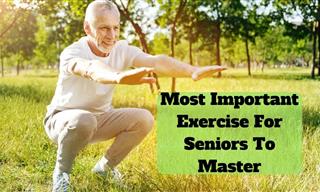 4:55
4:55
The MOST Important Exercise to Practice For Seniors
This video will walk you through one simple exercise recommended daily for older adults.
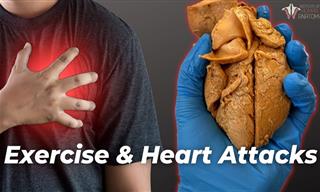 15:56
15:56
Can Exercise Really Stop Heart Attacks?
Find out some of the best ways to prevent and reduce a risk of having a heart attack.

12 Superfoods That Burn the Fat Off Your Diet!
These great superfoods should be part of everyone's meal!
 9:08
9:08
The Symptoms of a Fatty Liver and How to Treat it!
Fatty deposits on your liver can seriously hinder its function. In this video, Dr. Berg explains the symptoms of a fatty liver and how to treat it.
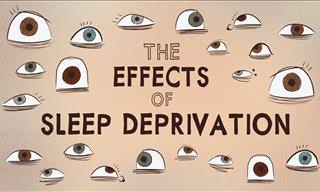 4:35
4:35
A Lack of Sleep Can Cause These Detrimental Effects
We all know sleep is important. But what ACTUALLY happens in the body when we don't sleep?
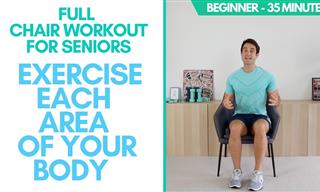 34:53
34:53
MUST WATCH: Full-Body Chair Workout Guide for Seniors
This full chair workout for seniors covers every area of your body!
 12:14
12:14
What Drinking Whiskey Actually Does to Your Body
While we now know that whiskey isn't the cure-all medicine people once though it was, it does have a few proven health benefits.
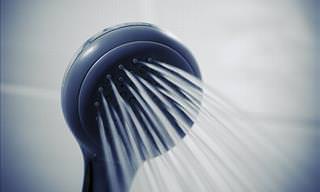
6 Common Mistakes We All Make When Showering
Which of these 'mistakes' are you guilty of making?




